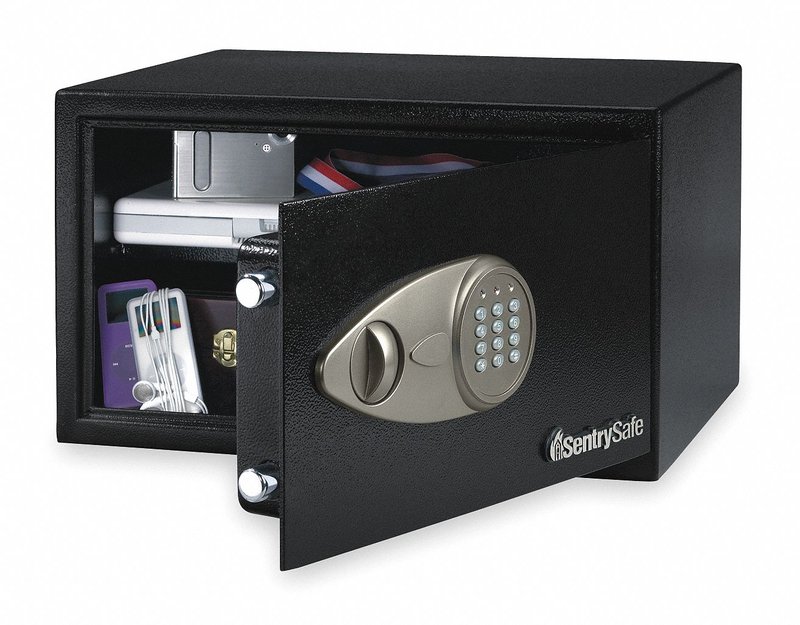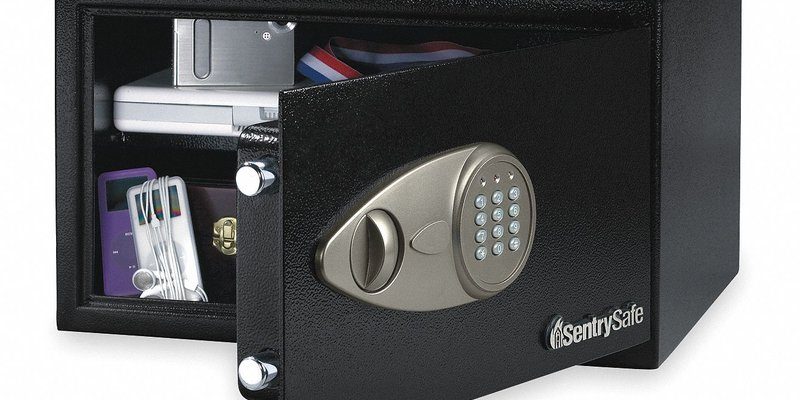
An error code on a washing machine often indicates that something isn’t quite working as it should. The “E1” code on GE washing machines generally pertains to drainage problems. This means that the machine is having trouble either emptying the water properly or detecting the water level correctly. Much like when your sink takes forever to drain, an unresolved E1 error can lead to bigger problems down the line if not addressed. Now you might be wondering, “Is it safe to continue using the washing machine with this error?” Let’s dive deeper into understanding this issue and how it can affect the safety and efficiency of your laundry appliance.
Understanding the E1 Error Code
First off, it’s essential to understand what the E1 error code means on your GE washing machine. Simply put, it signals a problem related to the machine’s drainage system. Imagine if you were trying to pour water through a straw that’s clogged at the end—it’s not going to work well, right? The E1 code works like your washing machine’s way of telling you that “Hey, something’s not right here!”
This particular issue can arise due to a variety of reasons. It could be as simple as a kinked drain hose, which is stopping the water from flowing out smoothly. Alternatively, there might be something more complicated like a blocked filter or a malfunctioning pump. Just like a traffic jam can cause a backup on a busy highway, a blockage in the system can prevent the washing machine from draining water efficiently.
When the E1 error pops up, the washing machine might not perform as expected. It could stop mid-cycle, or the clothes might come out wetter than usual because the spin cycle couldn’t run properly. While it may seem like a minor inconvenience at first, ignoring this error could lead to water leakage, mold buildup, or even damage to your clothes due to improper washing.
Common Causes of the E1 Error
So, what causes this drainage issue in the first place? Often, it’s related to the simplest of issues—a clogged drain hose. Over time, lint, debris, and even small clothing items can get stuck in the drain hose, much like leaves clogging up a gutter. This stops water from being expelled effectively, triggering the E1 error.
In some cases, the problem can be traced back to the pump filter. This filter is designed to catch bits of debris before they reach the pump, but if it gets clogged, you’re looking at a similar backup issue. Think of it as a lint trap in your dryer that hasn’t been cleaned out; eventually, it’s going to impact performance.
Additionally, mechanical faults such as a malfunctioning water level sensor or even a failing water pump can give rise to this pesky error. It’s like having a faulty gas gauge in your car; it might be showing an incorrect reading, causing confusion and miscommunication with the system.
Potential Risks of Ignoring the E1 Error
You might consider just ignoring the E1 error, thinking, “What’s the worst that can happen?” However, using the washing machine with this unresolved issue can lead to several unwanted consequences. For one, consistent use without addressing the blockage can cause water to leak, creating potential water damage to your floors—a headache no one wants.
Another risk involves the health of your clothes. If the machine can’t drain properly, your clothes could retain more water, leading to improper washing and extended drying times. This situation could not only waste energy but might also result in mildew-smelling clothes. No one wants their freshly laundered clothes to smell less than fresh, right?
Moreover, prolonging the use of a malfunctioning machine can lead to costly repairs or even a complete breakdown. It’s like continuing to drive your car with a flat tire; eventually, it spells trouble. Addressing the E1 error promptly can help you avoid these potential pitfalls and extend the lifespan of your washing machine.
Steps to Address the E1 Error
Now that we’ve discussed what might cause the E1 error and why it’s crucial not to ignore it, let’s talk about how you can tackle this problem. The first step is to inspect the drain hose for any visible kinks or clogs. Like untangling a garden hose, you want to ensure there are no twists or blockages preventing water from flowing freely.
If the hose seems clear, the next step is to check the pump filter. For many washing machines, this is located at the front, behind a small panel. You’ll want to carefully remove it and clean out any trapped debris. It’s a bit like cleaning out the crumb tray on your toaster—something small that needs occasional attention to keep things running smoothly.
In cases where these basic steps don’t resolve the problem, it might be time to consult the user manual or reach out to a professional. Sometimes the internal components could be at fault, and it’s better to let a trained technician handle those more intricate repairs.
Preventive Measures for Future Use
Wouldn’t it be nice if we could prevent the E1 error from happening in the first place? Luckily, with a few simple habits, you can reduce the likelihood of running into this problem again. Regularly clean the washing machine’s filters and hoses to prevent build-up. Much like brushing your teeth to prevent cavities, a little maintenance goes a long way.
Additionally, be mindful of what you wash. Avoid overloading the machine, and ensure that any small items like socks or delicates are placed in laundry bags. These steps can prevent them from getting snagged and causing clogs within the system.
Lastly, make it a routine to check for any signs of wear and tear on the machine’s components. Replacing worn-out parts before they fail can save you from dealing with error codes and more serious issues down the road.
By understanding and addressing the E1 error code, you can maintain the safety and performance of your GE washing machine, ensuring it continues to serve you well on laundry day.
